Red Sandal Timber Farming – A Guide To Sustainable Farming In India

Red Sandal Timber Trees – A Guide To Sustainable Farming In India
For centuries, India has been relying heavily on the harvesting of red sandal timber trees for its timber and wood industry. Unfortunately, this practice has been causing environmental degradation due to unsustainable farming practices. In recent years, more sustainable farming methods have emerged to help preserve these threatened forests in India. In this blog post, we will explore the different sustainable farming techniques that are being used to ensure the preservation of these precious trees while providing a valuable source of income for local communities in India. Read on to learn more about red sandal timber trees and how you can support their conservation.
What are Red Sandal Timber Trees?
Red Sandal timber trees are an important part of sustainable farming in India. They provide a valuable source of wood for construction and furniture, while also helping to improve soil fertility and prevent erosion.
Despite their importance, red sandal timber trees are often under threat from deforestation and illegal logging. In order to protect these valuable resources, it is important to ensure that they are managed sustainably.
There are a number of ways to do this, including planting new trees, engaging in community forestry programmes and working with local authorities to implement better regulation and enforcement. By taking these steps, we can help ensure that red sandal timber trees continue to play a vital role in sustainable farming in India.
The Different Types of Red Sandal Timber Trees
There are three different types of red sandal timber trees native to India: Pterocarpus santalinus, Pterocarpus indicus, and Pterocarpus marsupium. All three species are deciduous, meaning they shed their leaves annually.
Pterocarpus santalinus is the most valuable of the three timber species due to its high-quality wood. The tree grows up to 30 meters in height and 2 meters in diameter. The heartwood is a deep red color with a fine grain structure. This timber is used in the construction of furniture, musical instruments, and decorative items.
Pterocarpus indicus is the second most valuable species due to its strong wood. The tree grows up to 40 meters in height and 3 meters in diameter. The heartwood is a reddish brown color with a coarse grain structure. This timber is used in the construction of houses, bridges, and railway sleepers.
Pterocarpus marsupium is the least valuable of the three species due to its weak wood. The tree grows up to 15 meters in height and 1 meter in diameter. The heartwood is a pale red color with a very course grain structure. This timber is used for fuelwood and paper pulp production.
Where is Red Sandal Timber found in India?
Red sandalwood trees are found in tropical and subtropical regions of India. They typically grow in the forests of the Western Ghats, Eastern Ghats, and Deccan Plateau. Red sandalwood trees are also found in the Andhra, Andaman and Nicobar Islands, as well as some parts of Nepal.
The benefits of red sandal timber farming
Red Sandal timber is one of the most valuable and expensive woods in the world. The high demand for this wood has resulted in unsustainable farming practices that have degraded forests and led to social conflict. However, there are many benefits to red sandal timber farming when it is done sustainably.
Sustainable red sandal timber farming can provide a reliable source of income for farmers and help to conserve India’s natural resources. When managed properly, red sandal plantations can yield a higher volume of wood than natural forests. They can also be managed to provide other ecosystem services such as carbon sequestration, soil stabilization, and water purification.
well-managed red sandal plantations can provide a number of environmental and social benefits, they must be established and maintained using sound forestry practices. Sustainable farming requires careful planning, efficient use of resources, and regular monitoring to ensure that forest management objectives are met.
How is Red Sandal Timber Used?
Red Sandal Timber is one of the most valuable and versatile timber species in India. It is widely used in construction, furniture making, and carving. The wood is strong and durable, making it an ideal material for a wide range of applications.
Red Sandal Timber is harvested from trees that are at least 25 ~ 30 years old. The tree is felled and the logs are transported to a sawmill where they are cut into lumber. The lumber is then kiln-dried to remove moisture and insects. Once it is dry, the lumber is ready to be used in a variety of applications.
Construction: Red Sandal Timber is used in a variety of construction applications due to its strength and durability. It is often used as beams, joists, and posts in buildings. The wood is also used to make doors, windows, floors, and furniture.
Furniture Making: Red Sandal Timber is an excellent choice for furniture making due to its strength and beauty. The wood can be carved into intricate designs or left in its natural state for a more rustic look. It is often used to make tables, chairs, beds, cabinets, and other pieces of furniture.
Carving: Red Sandal Timber is also popularly used in carving due to its softness and easy workability. It can be carved into a variety of shapes and sizes depending on the desired outcome.
Pros and Cons of Red Sandal Timber Farming
Red sandalwood timber farming has a number of pros and cons that need to be considered before deciding if it is the right agricultural activity for your farm.
On the plus side, red sandalwood timber is a very valuable commodity in India and around the world. The wood is used in a variety of industries, including furniture making, construction, and even traditional medicine. This means that there is a large and growing market for red sandalwood lumber, which can provide farmers with a good income.
However, there are also some challenges associated with red sandalwood timber farming. One of the biggest is that the tree takes a long time to mature – around 25 ~ 30 years – meaning that farmers need to have patience and be prepared for a long-term investment. Additionally, the tree is susceptible to pests and diseases, which can impact yield and quality. Finally, sustainable harvest practices are essential to ensure that the red sandalwood population does not become depleted.
Approvals required for planting Red Sandal Trees ?
Before planting any trees, it is important to check for any approvals that may be required from local authorities. In the case of Red Sandal Trees, there are specific approvals required for planting and harvesting. However, as with any tree planting project, it is always advisable to check with your local planning department to see if there are any restrictions in place.
How to Make Red Sandal Timber Products Sustainable?
As the demand for red sandalwood products continues to grow, it is important to ensure that the timber is sourced sustainably. There are a number of ways to make red sandalwood timber products sustainable:
– Focusing on sustainable forest management practices such as planting more trees than are harvested and using Selective Cutting rather than clear-cutting.
– Supporting initiatives that promote the use of certified sustainable red sandalwood products.
– Encouraging the use of recycled and reclaimed red sandalwood products.
By taking these steps, we can ensure that the red sandalwood timber trade is sustainable and that this valuable resource is preserved for future generations.
How Can India Transition to More Sustainable Red Sandal Timber Farming?
In India, many farmers grow red sandal timber trees because they are valuable and can be sold for a high price. However, this type of farming is not sustainable and often leads to deforestation.
There are a few ways that India can transition to more sustainable red sandal timber farming practices:
1. Implementing better management practices – This includes things like proper forest Management Plans (FMPs), regulating the number of trees that are cut down each year, and replanting after harvesting.
2. Encouraging private companies to get involved – Private companies can help with things like providing seedlings, training farmers, and buying timber from them.
3. Supporting research and development – There needs to be more research on how to grow red sandal timber trees sustainably. This includes looking into things like using different planting techniques and developing new strains of the tree that are more resistant to pests and diseases.
4. Creating incentives for sustainable farming – The government could create financial incentives for farmers who adopt sustainable practices or use certified sustainable timber.
Conclusion
Sustainable Red Sandalwood farming has been a long-standing tradition in India for centuries. With the right know-how, this profitable and sustainable method of forestry can be extremely effective in preserving both the environment and economic growth. We hope that our guide has provided you with all the information needed to start your own Red Sandalwood farm and reap its sustainable rewards.
For more information, please visit https://www.naturalmangoes.com


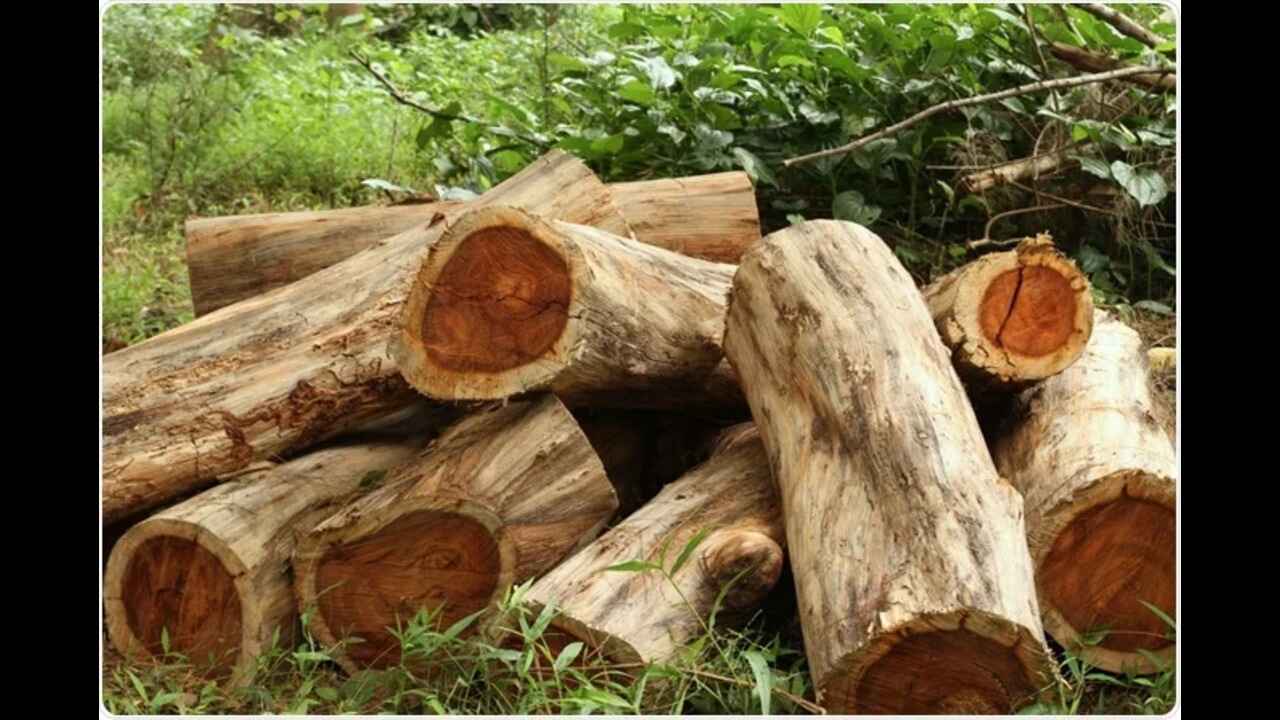
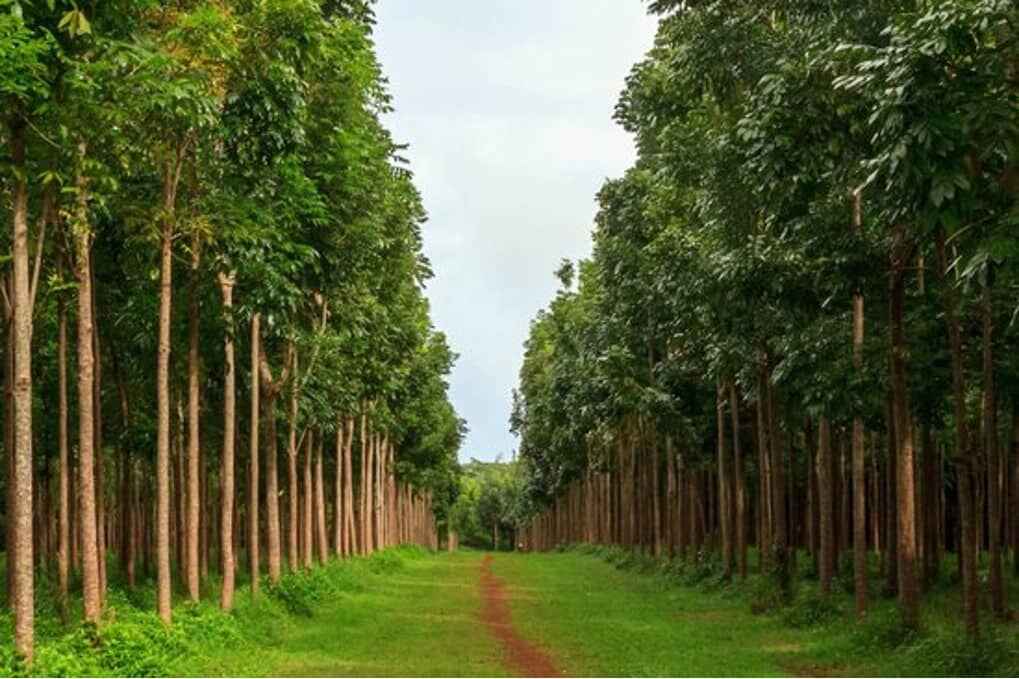

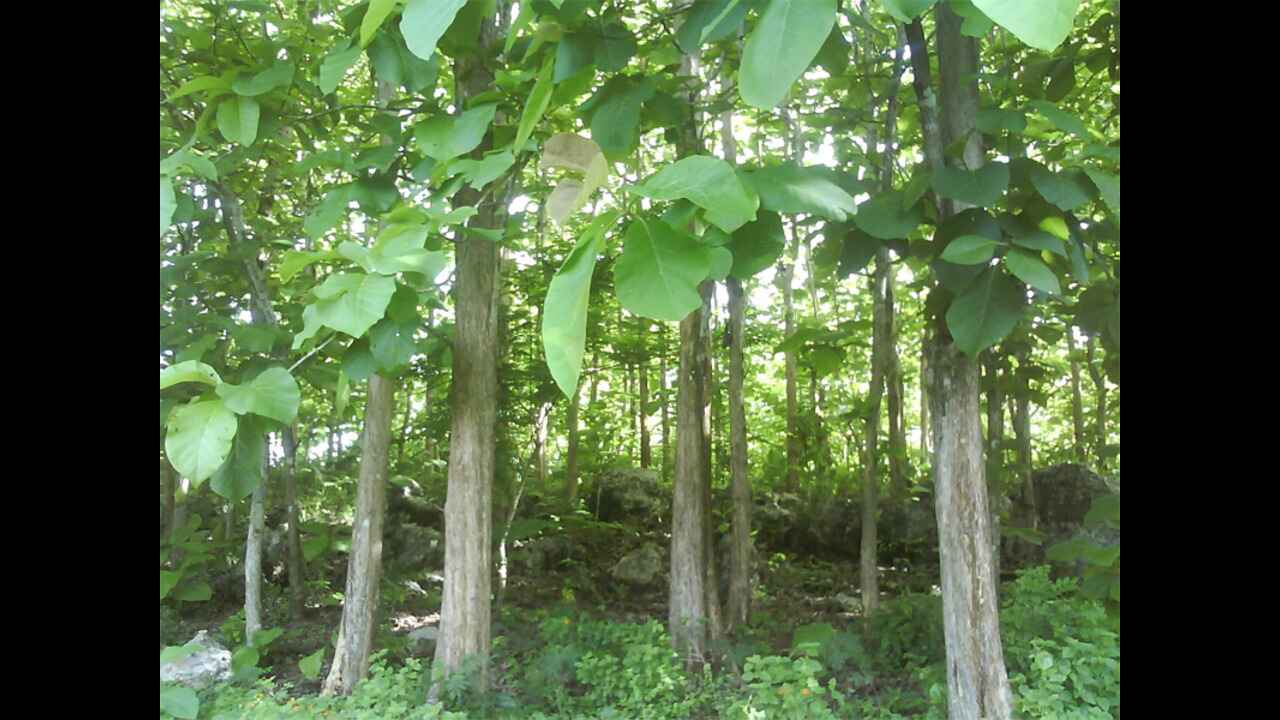
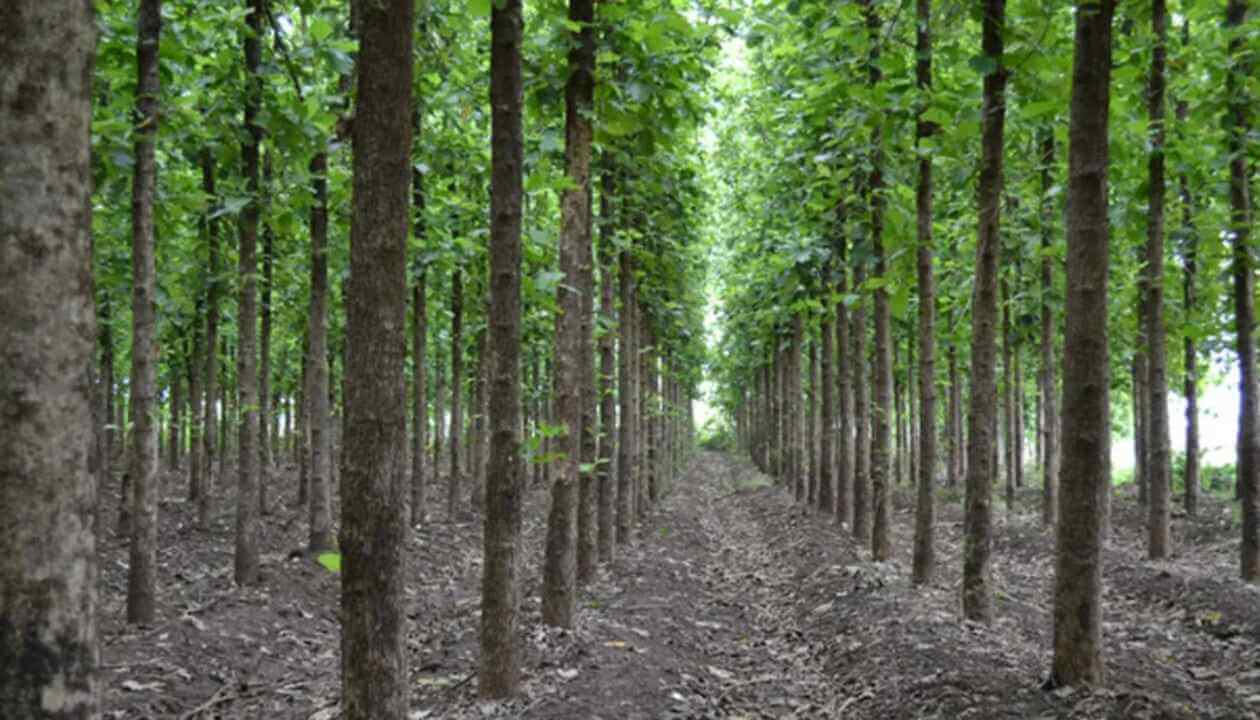
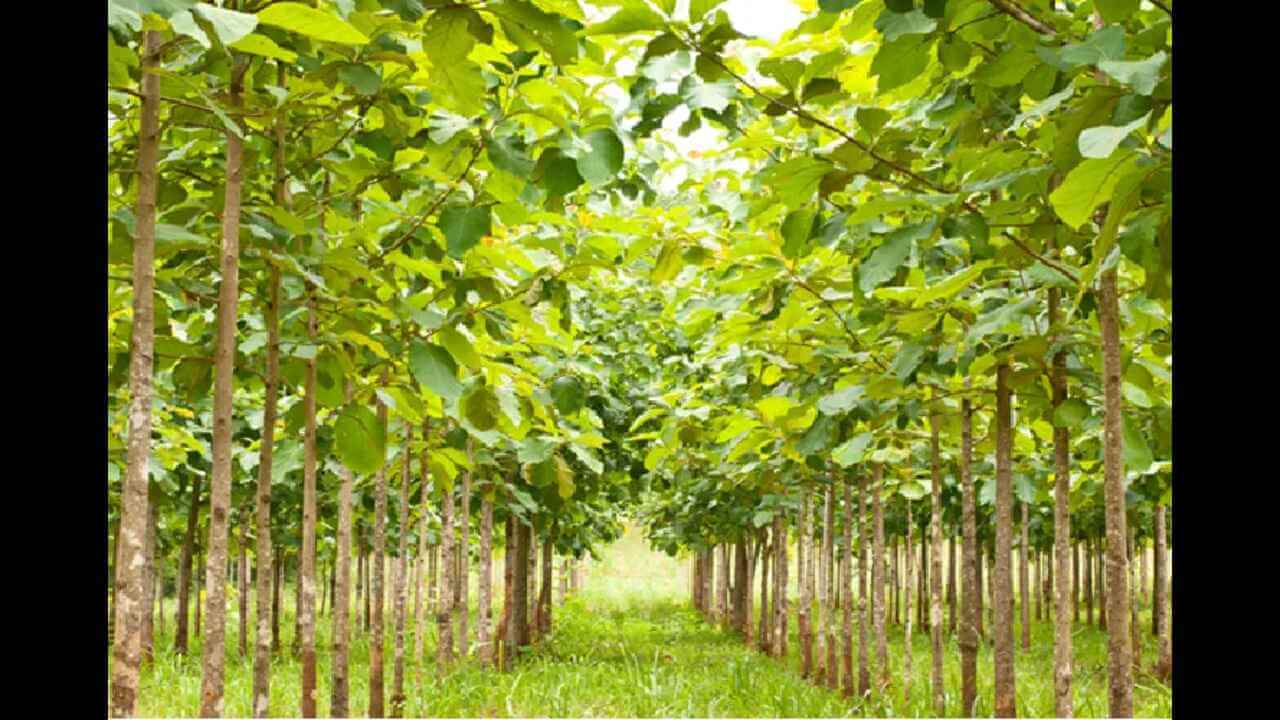
Very good information 👌
Hi well written blog we have similar blog you can read it.
Please let me know if you’re looking for a writer
for your site. You have some really great articles and I believe I would be a good asset.
If you ever want to take some of the load off, I’d love to write
some material for your blog in exchange for a link back to mine.
Please send me an email if interested. Regards!
Wow, fantastic weblog format! How long have you ever been running a blog for? you made running a blog glance easy. The total look of your website is fantastic, let alone the content material!
I read this paragraph fully on the topic of the difference of mlst recent and precedin technologies, it’s amazing article.
Saved as a favorite, I love your website!